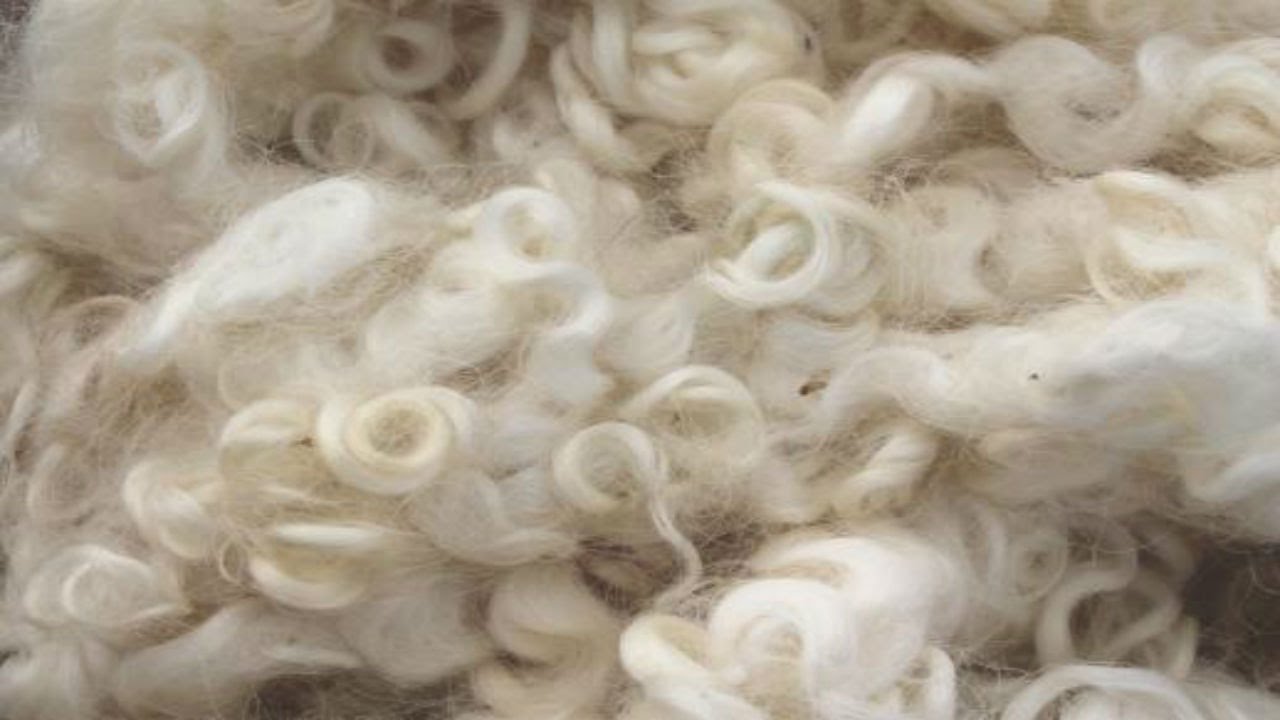Fibre Guide: Wool
Posted on 26 March, 2018

You’ve worked with our design team in order to create the perfect uniform. Tailored, on brand and your employees love the style and the fit. But what’s really in your uniform? We have started this new series to guide you through some of the advantages and disadvantages of the four main fibres; wool, cotton, viscose and polyester,
Primarily we use wool in our suiting fabrics as it has excellent pilling resistance, making a piece that looks new for longer and is suitable (pun intended) for both big meetings and corporate events. Wool is also a natural insulator so will keep our wearers warm or cool as desired.
Despite bad memories of itchy knitted jumpers (thanks Grandma) wool actually has a soft handle and has the added bonus of being crease resistant.
All these good qualities however come at a premium, wool is a weak fibre and as a consequence can shrink, however dry cleaning can prevent this from happening. As a natural fibre woollen garments are biodegradable and can be recycled into insulation materials at the end of their life span.
Take a look at the video below for a brief run through of the points above:
Recent Articles
FutureFest 2025: A Day of Adventure with the Greggs Foundation
Dimensions Secures Exciting New Partnership with Avis Budget Group for Bespoke Uniform Range
Future Hotel Manager Leila Gets Her Very Own Mini Uniform (and Teddy!)
Dimensions Donates 40 Pairs of Shoes to Support Children in Need
A First Look at the New Nationwide Uniform With a Bit of Show and Tell